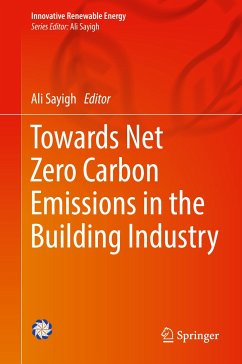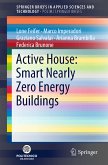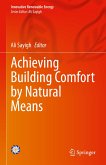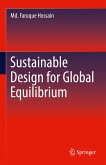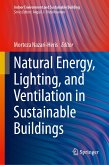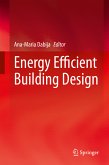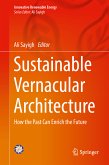Towards Net Zero in the Building Industry looks at the contributions that the building and construction industry can (and must) make to help achieve net zero carbon emissions. The building industry accounts for close to 40% of global emissions and this book brings together a global group of contributors from 15 countries to examine ways in which the industry can help with overall CO2 reduction. Coverage includes factors such as building design strategy, materials selection, use of local materials with a low carbon imprint, renewable energy use, energy conservation, greenery and appropriate aesthetics, building size and scale, climate suitability, building functionality and comfort, material recycling, and adoption of green policies.
- Highlights methods to achieve net zero carbon emissions in the building industry;
- Offers a global perspective with contributions from 15 countries;
- Includes case studies.
Chapter 6 is available open access under a Creative Commons Attribution 4.0 International License via link.springer.com.
Dieser Download kann aus rechtlichen Gründen nur mit Rechnungsadresse in A, B, BG, CY, CZ, D, DK, EW, E, FIN, F, GR, HR, H, IRL, I, LT, L, LR, M, NL, PL, P, R, S, SLO, SK ausgeliefert werden.

